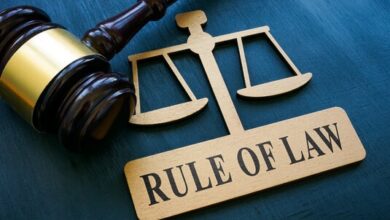What is Caricature history and Characteristics
Caricature
A caricature is a type of drawing that usually represents a person’s face , distorting their facial features with a humorous intent.
The designers who employ this technique are caricaturists and it is a style characterized by its quick and ingenious elaboration. It is a very popular artistic modality, especially on the streets crowded by passersby and tourists, who can request this type of design from street artists who make a living from it.
The technique used is to exaggerate the facial features of the people portrayed so that they can be recognized in the drawing, but with a distorted image of themselves. Usually the prices charged are popular and affordable. While they humorously reproduce the physiognomy of the portrayed, they are observed by pedestrians who stop to appreciate the cartoonist’s technical skill and his particular vision in relation to the client.
The word caricature (from Italian ” caricare “) means “to exaggerate, increase the proportions of something.” It is a discursive genre that arose from the works of the Italian artist Agostino Carracci from Bologna, who created a gallery with caricatures of popular types from the city of him in the 17th century.
History of caricature
In the Middle Ages , caricature was especially present in sculptures, especially in cathedrals and churches. They included many fantastic animals and grotesque characters. At that time, beauty and ugliness are compared with good and evil.
In the Renaissance , thanks to the development of the press, satirical drawings began to appear. From the 18th century, lithography allowed its massive diffusion.
The French Revolution and the freedom of expression recognized at the time are a turning point in the rise of caricature. Satirical newspapers appear that denounce the abuses thanks to the drawings. These satirized society and politics.
In the Revolution , the caricatural representations highlight the system of the three orders: the third estate, the nobility and the clergy.
In short, from then on, satirical cartoons were a means of having fun and complaining about an unfair system.
From 1830, the satirical press developed around caricatural drawings. Apart from their humorous side, they were essentially opinion pieces. They weren’t just fun to laugh at, they were fun to make a fool of.
Characteristics
- Exaggeration: one of the most common characteristics of caricatures is the exaggeration of some part of the body or face of the person or object represented. This is done to highlight a feature or characteristic that you want to highlight.
- Distortion: Another common characteristic is distortion, either of the body or of the face. This is done for humorous effect or to criticize something.
- Simplicity: cartoons are usually simple drawings, since they are intended to be easily recognizable and legible.
- Use of Symbols: Cartoons often use symbols to represent people or objects. For example, a mustache to represent a man or a hat to represent a politician.
- Humor: The main objective of cartoons is to make the viewer laugh or entertain.
- Social Criticism: Cartoons are also used to criticize the politics, culture, or customs of a society.
- Representation of personalities: Caricatures often represent famous people, such as politicians, actors, athletes, etc.


